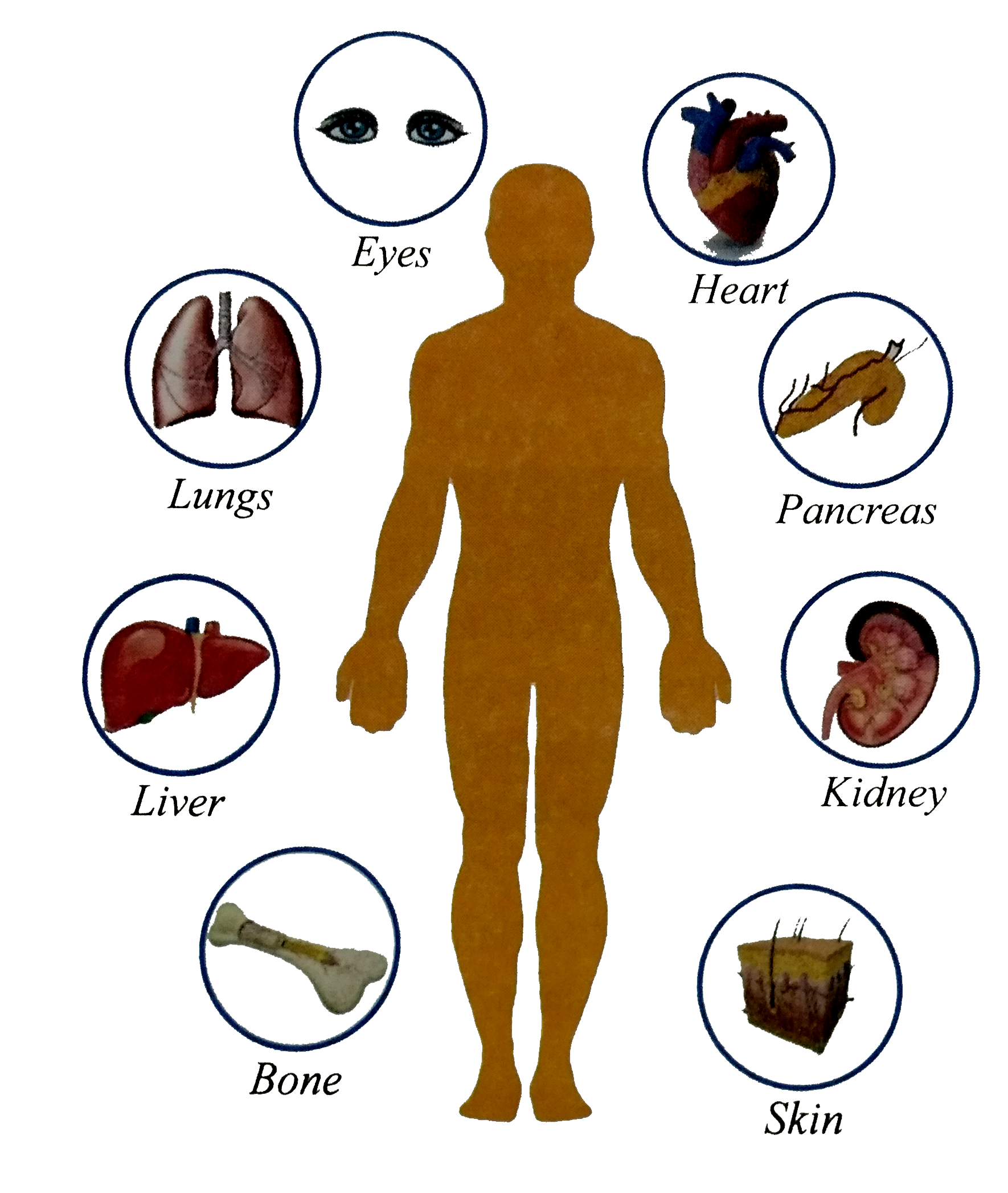Read the given passage and answer the following questions. Siddhi studied forelimbs of three organisms and described them as follows: Organism X - Long and short bones, covered with muscles, used for running. Organism Y - Long and short bones, covered with feathers used for flying. Organism Z - A layer of a complex chemical with supporting framework which is not made of bones and used for flying.
Select the option that shows correct relationship between these organisms.
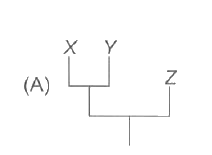
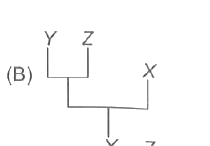
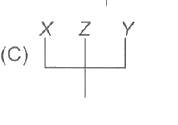
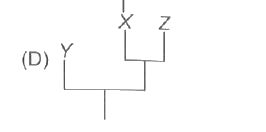
The correct Answer is:A
To solve the question based on the passage provided, we will analyze the characteristics of the three organisms (X, Y, and Z) and determine their relationships based on their forelimb structures and functions.
1. Identify the Characteristics of Each Organism:
- Organism X: Has long and short bones, covered with muscles, used for running.
- Organism Y: Has long and short bones, covered with feathers, used for flying.
- Organism Z: Has a layer of a complex chemical with a supporting framework that is not made of bones, used for flying.
2. Analyze the Structures:
- Organisms X and Y both have long and short bones, indicating they share a similar structural framework.
- Organism Z does not have bones; instead, it has a different type of supporting framework, which suggests it is fundamentally different from X and Y.
3. Determine the Functional Differences:
- Organism X uses its limbs for running, while Organism Y uses its limbs for flying. This indicates that even though X and Y share a similar structure, they have diverged in function.
- Organism Z, while also used for flying, does not share the same structural characteristics as X and Y.
4. Classify the Relationships:
- The similarity in the structure of X and Y suggests they are homologous structures, which arise from a common ancestor but have evolved to serve different functions (running vs. flying).
- The fact that Z lacks bones and has a different structural composition indicates it is likely an earlier form of life that diverged before the evolution of X and Y.
5. Conclude the Relationships:
- Therefore, we can conclude that Organism Z is an ancestral form that predates the divergence of X and Y. X and Y share a more recent common ancestor due to their similar bone structure.
Final Answer:
The correct relationship is that Organism Z came before X and Y, which share a common ancestor. Thus, the correct option is that X and Y are closely related, having evolved from a common ancestor, while Z is a separate lineage.
---
- Organism X: Has long and short bones, covered with muscles, used for running.
- Organism Y: Has long and short bones, covered with feathers, used for flying.
- Organism Z: Has a layer of a complex chemical with a supporting framework that is not made of bones, used for flying.
- Organisms X and Y both have long and short bones, indicating they share a similar structural framework.
- Organism Z does not have bones; instead, it has a different type of supporting framework, which suggests it is fundamentally different from X and Y.
- Organism X uses its limbs for running, while Organism Y uses its limbs for flying. This indicates that even though X and Y share a similar structure, they have diverged in function.
- Organism Z, while also used for flying, does not share the same structural characteristics as X and Y.
- The similarity in the structure of X and Y suggests they are homologous structures, which arise from a common ancestor but have evolved to serve different functions (running vs. flying).
- The fact that Z lacks bones and has a different structural composition indicates it is likely an earlier form of life that diverged before the evolution of X and Y.
- Therefore, we can conclude that Organism Z is an ancestral form that predates the divergence of X and Y. X and Y share a more recent common ancestor due to their similar bone structure.
The correct relationship is that Organism Z came before X and Y, which share a common ancestor. Thus, the correct option is that X and Y are closely related, having evolved from a common ancestor, while Z is a separate lineage.
Topper's Solved these Questions
Similar Questions
Knowledge Check
End of long bones are covered with
AmusclesBcartilageCadipose tissueDbone marrowEnds of long bones are covered with
ABlood cells,BMusclesCCartilagesDLigamentsEnds of long bones are covered with
Ablood cellsBmusclesCcartilagesDligaments.
Answer the following questions :
(a) Long distance radio broadcasts use short - wave bands. Why ?
View SolutionIs each of the organs useful to organism?
View SolutionWhich of the organism is used as food ?
View SolutionEnds of the long bones are covered by
View SolutionCovering around bone is called
View Solution

